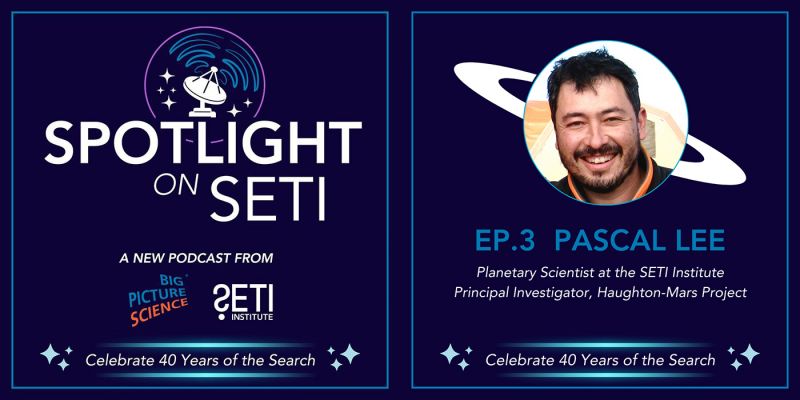
Planetary Picture of the Day
Week of November 15, 2021
Pluto’s moon Charon, strange creatures on Earth, a forming exomoon and more… From close to home to distant solar systems, the Universe is wild!
Monday, November 15, 2021

Perspective, perspective...
This is Saturn's north polar vortex. Processed using near-infrared filtered images of Saturn's north polar hexagon taken by NASA's Cassini spacecraft on November 27, 2012.
Tuesday, November 16, 2021

No, that really IS a moon!
Astronomers have captured the first clear shot of a moon-forming disk around a distant exoplanet. This image, taken by the Atacama Large Millimeter/submillimeter Array (ALMA), shows a wide view of the star PDS 70 (center), about 370 light years away, as well as the bright ring of material, called a circumstellar disk, surrounding it. Inside the young system, just to the right of the star, is a Jupiter-like exoplanet, PDS 70 c, sporting its own disk — this one called a circumplanetary disk. Researchers say this stellar snapshot serves as the first unambiguous detection of a circumplanetary disk capable of brewing its own moon. They suspect that the amount of material surrounding PDS 70 c is enough to create three Moon-sized satellites.
Wednesday, November 17, 2021

Aliens? Vegetables?
Nope, vegetable and animal bridge mushrooms. They're the myxomycetes, and they can move and hunt for prey or look for the best environment for them. They are born from spores, like mushrooms. Myxomycetes move like huge amoebas, like pulsating masses: their movements seem to be dependent on microfibrils that remember the fibers of the muscles. These ′′blobs′′ crawl (at a speed of 1 cm per hour) and absorb via phagocytosis bacteria, algae, yeasts, protozoa and other organic material; they digest them and expel the remains outside. Not randomly, myxomycetes proliferate where there are plenty of prey: on decomposing logs or on carpets of dead leaves, wet. And so they're often found in the woods: yellow, purple, blue, red, thanks to the pigments they contain.
Thursday, November 18, 2021

Charon
This is the most accurate natural color image of Charon taken by NASA's New Horizons spacecraft in 2015. These natural-color images result from refined calibration of data gathered by New Horizons' color Multispectral Visible Imaging Camera (MVIC). The processing creates images that would approximate the colors that the human eye would perceive, bringing them closer to “true color” than the images released near the encounter. This image was taken as New Horizons zipped toward Pluto and its moons on July 14, 2015, from a range of 35,445 kilometers. This single color MVIC scan includes no data from other New Horizons imagers or instruments added.
Friday, November 19, 2021
Jupiter by Juno
Look at the amazing details in the clouds! You can perceive the depth of field. Taken with JunoCam onboard NASA's Juno spacecraft during perijoves 32-34. Amazing.






